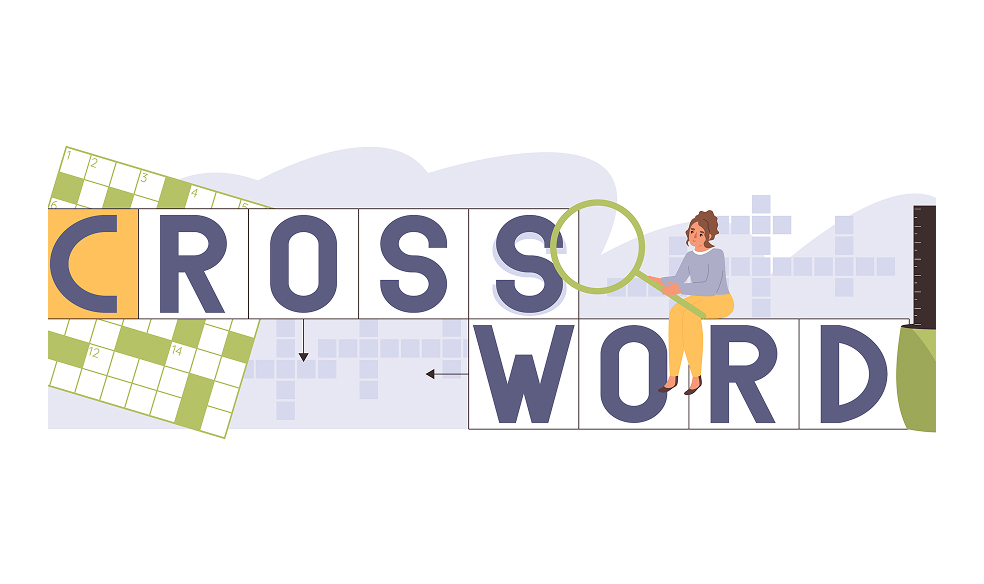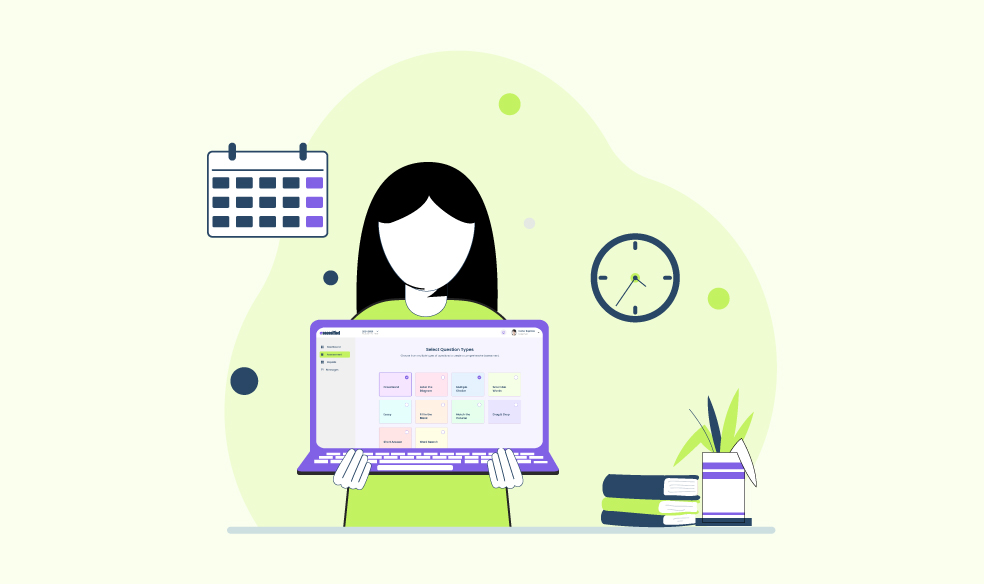Do you know you can create assessments that adapt to the learning style of every student in the class? Differentiated assessments do just that with the help of testing strategies that aim to target students individually and assist the tutors in preparing tailored quizzes for each learner. Teachers can welcome fairness in grading with the help of modern-day differentiated testing methods.
What are Differentiated Assessments?
Differentiated assessments include personalized strategies that teachers adopt to plan assessments according to the learning needs of their students. These assessments allow tutors to critically evaluate each student in their class and understand their interests and learning styles.
Differentiated testing is not one strategy that fits all; rather, it’s the application of various assessment methods tailored to match the abilities of students.
Let’s discuss the top seven techniques of differentiated assessments below:
Top 7 Differentiated Assessment Techniques
As an educator, you must respect every student’s learning ability and adaptability. It allows you to maintain equality in your classroom, which ensures academic growth for every student. Here are the top 7 differentiated assessment techniques that work for all learners:
1 Group-Based Activities
Tutors can ask students to form groups and work as a team for certain class-based activities or even tests. The teams so formed do not stay the same every time. Teachers can mix them up for each class, as doing this helps the students collaborate effectively. Different mindsets gather in the shape of groups and perform class-based activities, promoting an overall strengthened classroom.
2 Various Choice Questions
Creating varied choice questions for students is another differentiated approach to testing. Allow students to pick from several question options. This action helps you achieve the learning objective of each student by offering them a range of questions, out of which they can attempt what’s best suited to their learning.
3 Reflective Writing Tasks
These assessments involve class-based activities or tests. Reflective writing tasks reflect what was taught during the class. You can set reflective writing assessments periodically or at the end of each lecture; it’s up to you. Reflective learning allows a tutor to review the effectiveness of their lectures, get students’ journals maintained, and elevate collaborative learning, where students can view each other’s work.
4 Multimedia-Rich Assessments
Another way of conducting differentiated assessments is through multimedia-based testing. Tutors can enhance the appeal of assessments by incorporating visuals, audio sets, and video clips to engage students, making exams less stressful. Not just for testing, but a multimedia-rich approach also assists in tutoring certain subjects like history, science, biology, and math.
5 Formative Assessments
Formative assessments increase student engagement by integrating fun into learning and assessment. These assessments are not bound to a certain timeframe because tutors can conduct them at any time. Many progressive educational institutions integrate gamification in assessments like solving crossword puzzles or word hunts, making testing interactive and fun for students.
6 Talking Sessions
Arranging a small session among students regarding the assessment proves to be a healthy activity for learning. It results in recalling previous lectures through the sharing of information. An effective talking session enables each student to stay prepared for the assessment. Such 5-minute talking sessions lighten the excessive burden on students.
7 Assessments that Match Learning Styles
Teachers can employ the above-mentioned testing techniques and then critically evaluate the learning style of each student. Once you have successfully understood the needs of each student, assign differentiated assessments that match their learning style. This act will help tutors maintain class-wide fairness in grading.
Benefits of Differentiated Assessments
Differentiated testing methods assist tutors in improving their instruction and testing through varied, innovative ways. Let’s explore the benefits of differentiated assessments:
1. Helps in Connecting with Different Learning Styles
The goal for differentiated assessments is to believe that no two learners are the same. Every individual has their own learning style and adaptability ratio. Thus, understanding student needs becomes easy with the help of differentiated learning or assessments.
2. Enhance Student Engagement
With differentiated assessments, tutors can create personalized assessments as per the students’ needs. This personalized approach to assessments elevates student engagement, leading to them actively participating in every single test.
3 Promotes Class-Wide Equality
After analyzing each student and identifying the academic differences among them, a tutor can promote equality. A classroom that follows differentiated assessment techniques produces accurate results.
As you welcome differentiated assessment techniques in your classroom, you will learn to adopt every technique and add your own for students’ betterment. You will also be preparing assessments based on student goals and passions, so a fair means of grading becomes a possibility.





